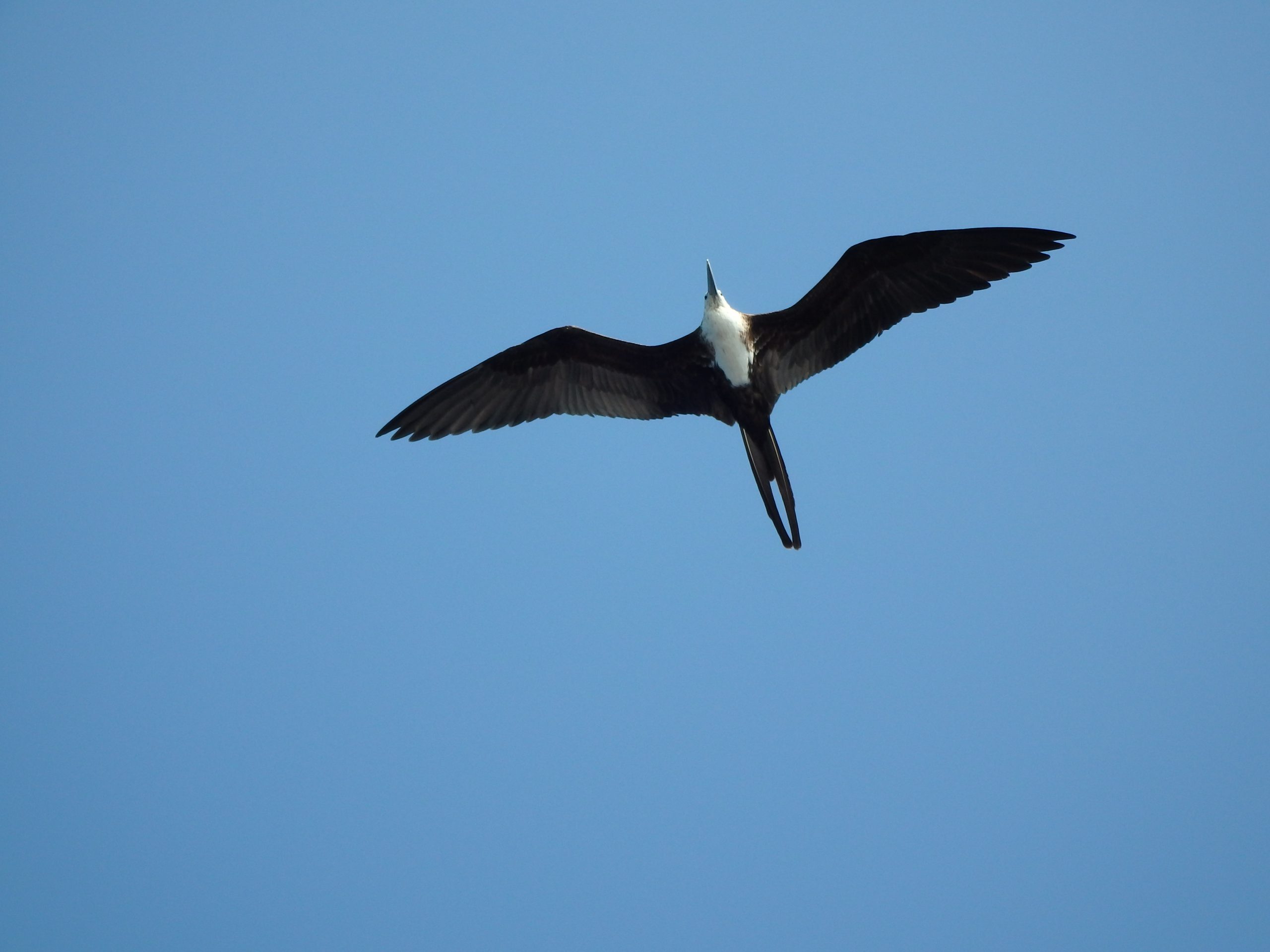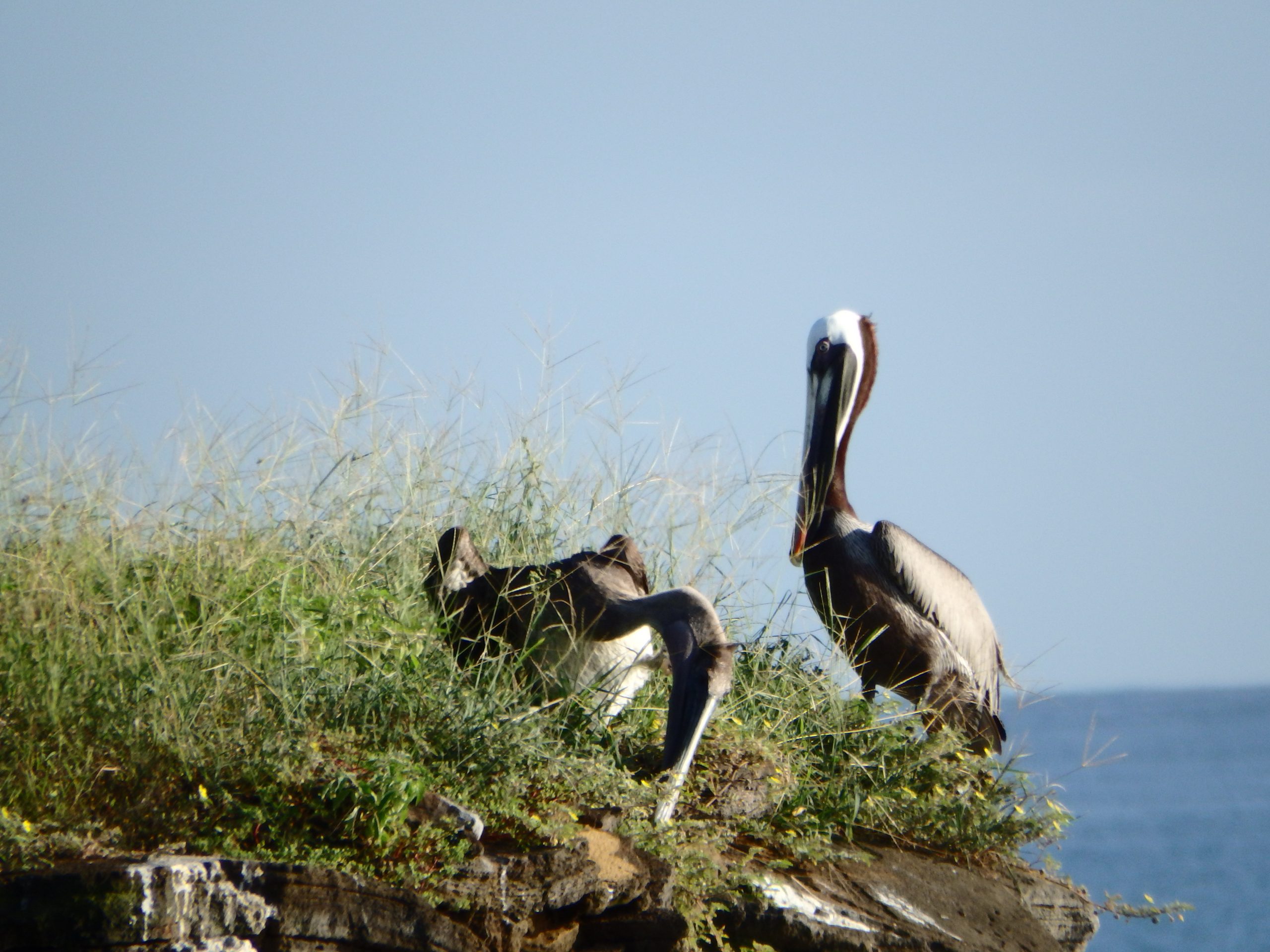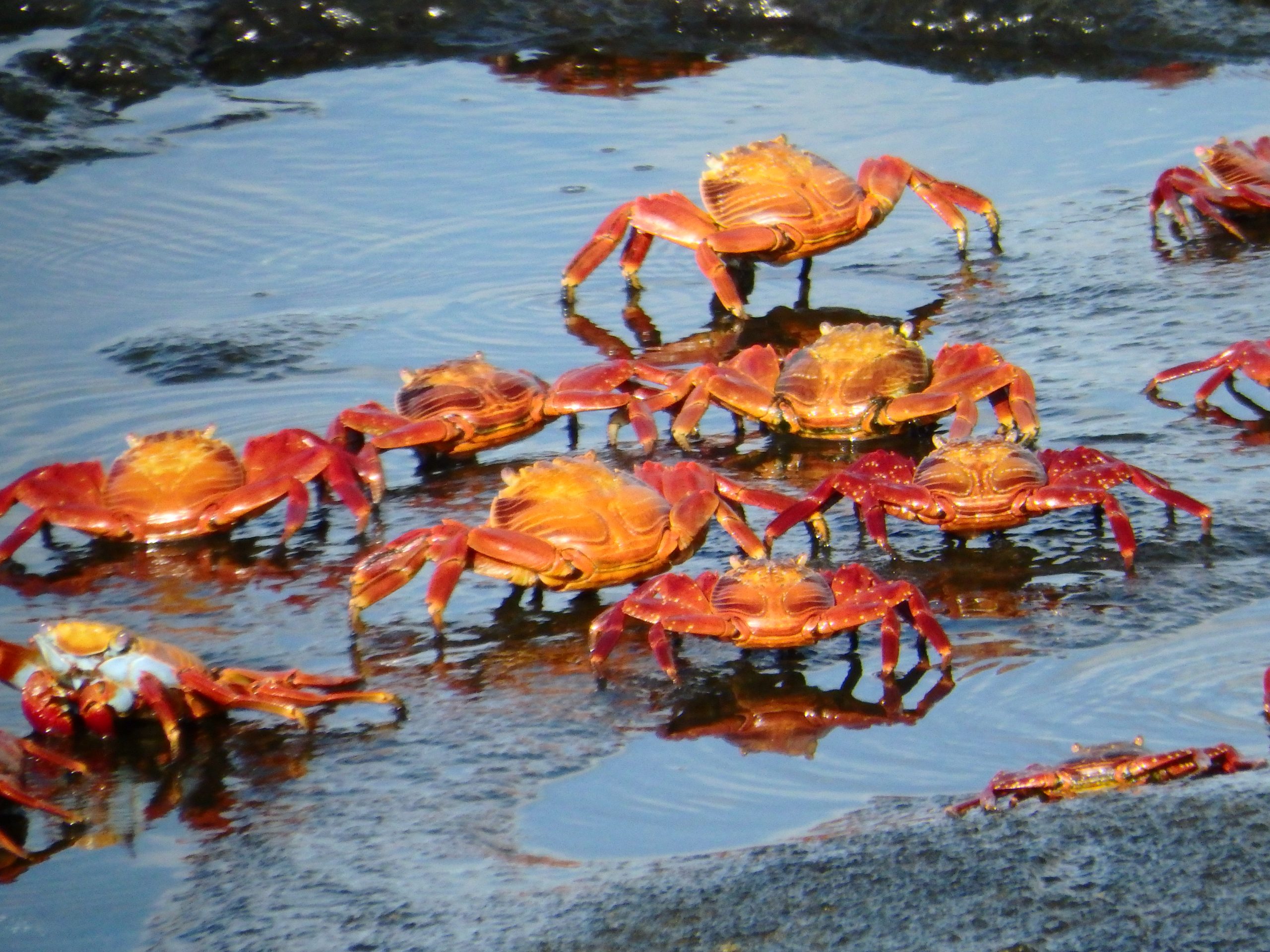Galápagos Islands: Baltra, Santiago Island, Rabida
The Galápagos Islands is a volcanic archipelago in the Pacific Ocean. It’s considered one of the world’s foremost destinations for wildlife-viewing. A province of Ecuador, it lies about 1,000km off its coast. Its isolated terrain shelters a diversity of plant and animal species, many found nowhere else. Charles Darwin visited in 1835, and his observation of Galápagos’ species later inspired his theory of evolution. ― Google
Believe me – this is one per life experience you will never forget!!!
Baltra Island is a small island in the Galápagos Archipelago in Ecuador. It is a small flat island located near the center of the chain and includes Seymour Airport, originally established by the United States Air Force to help monitor and protect western access to the Panama Canal. Wikipedia
Once the site of a salt mine, Puerto Egas is today probably the best visitor site on Santiago (James) Island. The easy walk along wide trails and a scenic shoreline is a great chance to see birds, marine iguanas, sea lions, Sally Lightfoot crabs and the elusive Galapagos Fur Seal.
It’s a wet landing on the black-sand beach, and visitors are likely to see a colony of sea lions up-close as they put their socks and shoes back on. The trail continues up through a break in the low ledge adjacent to the sea. Off to the left are the remains of the salt mine, which include some half-ruined buildings and a large, flat area used as a soccer field. This is a special place: it has been designated as a soccer field by the National Park and is one of only a few areas outside of the cities where the crew is allowed to freely disembark and play for a few hours, and the ship crews look forward to the visit as a chance to get ashore and blow off some steam. The owner of the salt mine, which lasted for a few years in the 1960’s, was Hector Egas, and he left his name behind as well as the ruined buildings and some rusty equipment. The mine itself, a volcanic cone that has a small, shallow lake which fills up with salt water, is off-limits to visitors because it is home to flamingos.
Rábida is a relatively small, arid island with steep slopes. Most of the coastline is rocky except for a beach on the northeast side. Several small volcanic craters and the high amount of iron in the lava give the island its distinctive red color and overall appearance.
Galápagos Islands Slideshows

4:56

